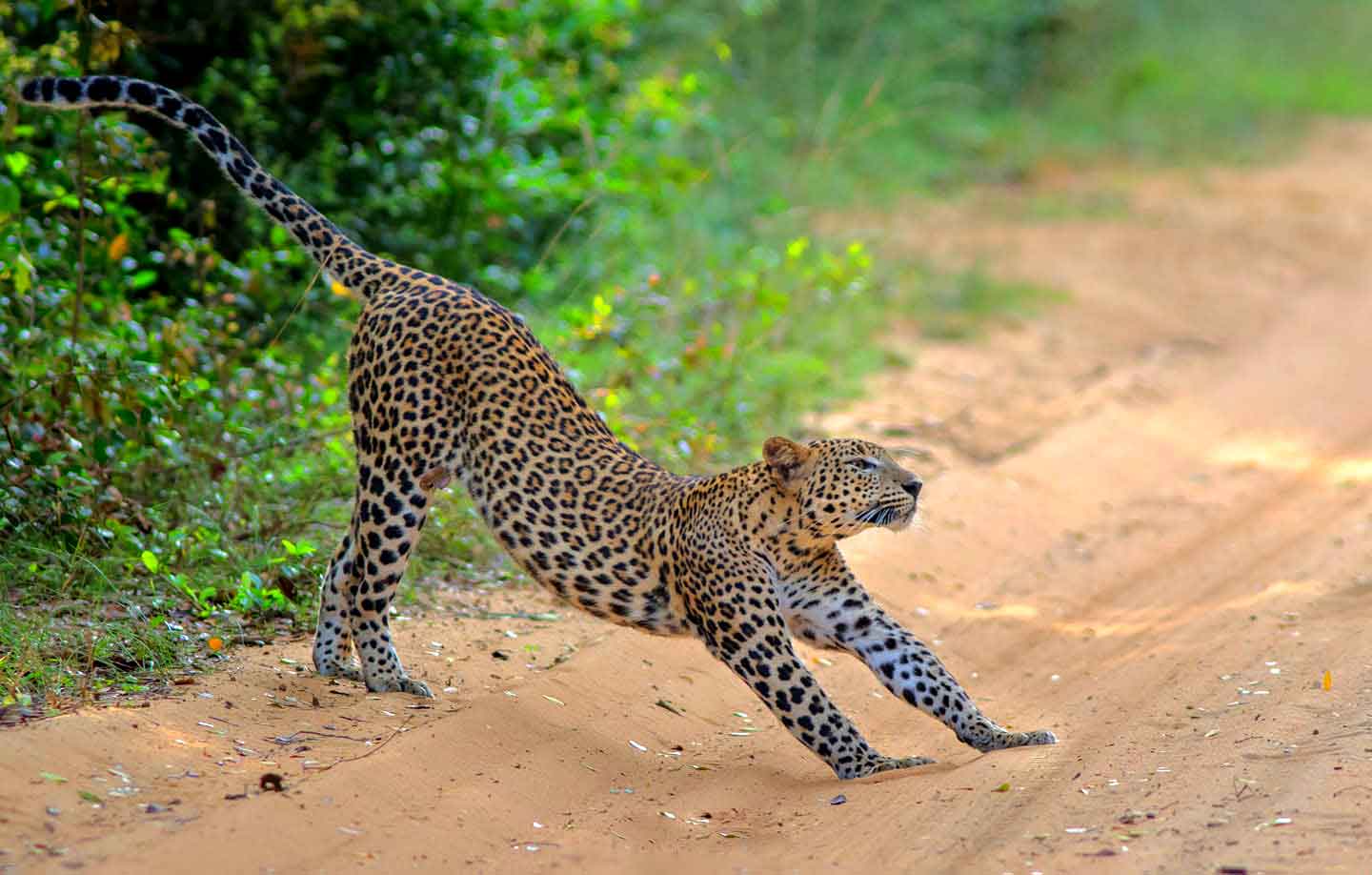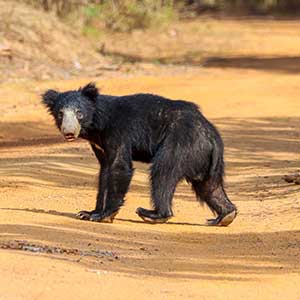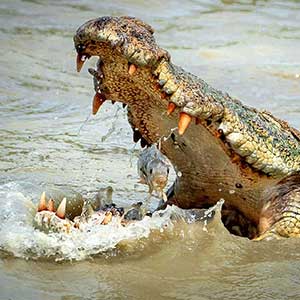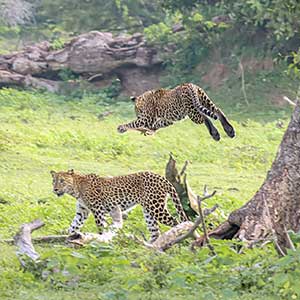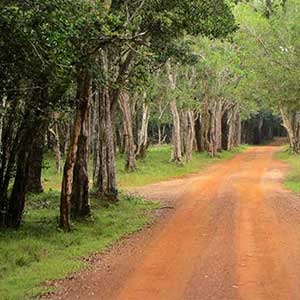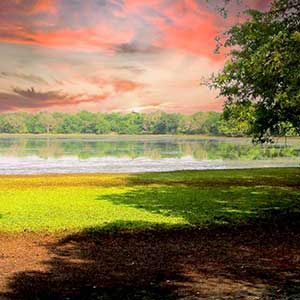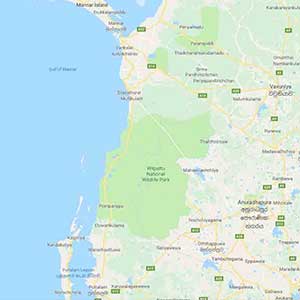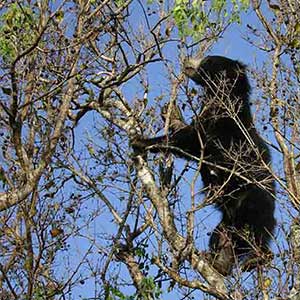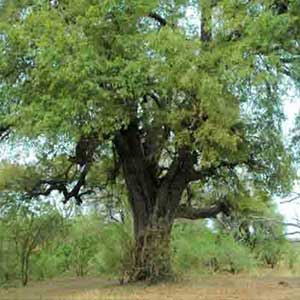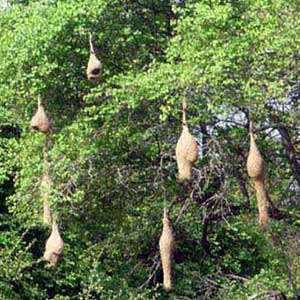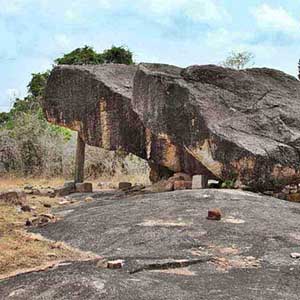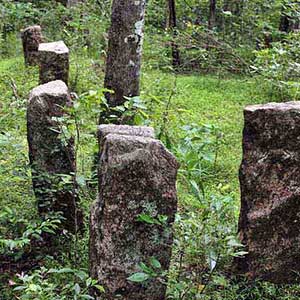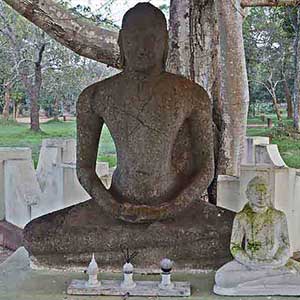Discover the Enchanting Wilpattu National Park
Wilpattu National Park stands apart from other wildlife sanctuaries in Sri Lanka, boasting a unique and mesmerizing geographical feature known as "Willus" – natural lakes adorned with sandy rims. These magnificent water basins or depressions, scattered throughout the park, gradually fill with rainwater over time. As one of the largest wildlife sanctuaries in Sri Lanka, Wilpattu spans an expansive area of approximately 1317 square kilometers. The park's elevation ranges from 0 to 152 meters, offering a diverse and captivating landscape.
Nestled in the lowland dry zone of Sri Lanka's Northwest coast, Wilpattu National Park experiences an average annual rainfall of about 1000mm. The temperature hovers around 27.2 degrees Celsius, but don't be surprised if it feels closer to 32 degrees due to the region's humidity and other factors. This unique climate sets the stage for an extraordinary wildlife experience.
What sets Wilpattu apart from other wildlife parks in Sri Lanka is its intricate network of over 50 wetlands, famously known as Villus. These natural lakes, characterized by shallow depths, fill up generously during the heavy downpours of the northeastern monsoon, which typically occur between September and December. The abundance of water in the Villus beautifully reflects the prevailing weather patterns throughout the park. However, come May to early September, a brief drought ensues. As for the annual temperatures, they reach their peak in April, with the mercury soaring to 32 degrees Celsius.
What sets Wilpattu apart from other wildlife parks in Sri Lanka is its intricate network of over 50 wetlands, famously known as Villus. These natural lakes, characterized by shallow depths, fill up generously during the heavy downpours of the northeastern monsoon, which typically occur between September and December. The abundance of water in the Villus beautifully reflects the prevailing weather patterns throughout the park. However, come May to early September, a brief drought ensues. As for the annual temperatures, they reach their peak in April, with the mercury soaring to 32 degrees Celsius.
Wilpattu Park showcases a remarkable variety of natural habitats, including open grassy plains, coastal belts, rocky outcrops, natural lakes (Villus), scrublands, and thick jungles. Each habitat provides a unique backdrop for the flourishing wildlife that calls this park home.
Prepare to be captivated as you explore the diverse landscapes and encounter the incredible wildlife that thrives within the enchanting Wilpattu National Park.
Flora
Wilpattu National Park boasts a rich tapestry of flora, including noteworthy species such as Ebony (Diospyros ebenum), Wewarna (Alseodaphne semecapriflolia), milla (Vitex altissima), satin (Chloroxylon swietenia), weera (Drypetes sepiaria), and palu (Manilkara hexandra). These are just a few examples of the diverse vegetation that thrives within the park. From low scrub monsoon forests to salt grass, Wilpattu NP showcases a captivating array of plant life.
History
In 1905, the area was designated as a sanctuary, and in 1938, it was elevated to the rank of a National Park. According to the ancient chronicle Mahavansa, Prince Vijaya landed at Tambapanni, also known as Kudrimalai Point (Horse Point-Wilpattu), in 543 BC. He married Kuweni and established the Sinhala nation. Deep within the Wilpattu jungle, there are archaeological findings that trace back to the first century BCE, revealing remnants of an ancient Buddhist civilization. However, these areas are not accessible to the general population.
The Department of Archaeology has identified a total of 68 archaeological sites within Wilpattu NP. Among them, one of the prominent ancient Buddhist ruins is the "Ochchappu Kallu Buddhist Ruins." These ruins comprise rock-cut bases of buildings, balustrades (korawakgal), moonstones, and scattered fragments of rock pillars, spread over a vast area. Archaeologists believe that this was once a grand building complex that has now fallen into ruins. The Occupy Kallu Buddhist Ruins, considered the largest monastery complex out of the 68 archaeological findings in Wilpattu NP, is a testament to the rich history of the area.
Beyond the main ruins, there is a large drip ledge cave with an inscription in early Brahmi script that reads, "this is a donation from the king to the Buddhist priesthood." Additionally, you will come across stone-carved ramparts with colossal rock slabs ingeniously positioned to create meditation chambers. Furthermore, at the summit of the rock, the remnants of a grand Stupa and an unread rock inscription can be found.
In addition to these remarkable discoveries, the Department of Archaeology has uncovered concrete evidence of both prehistoric and historic periods within the park. Black and Red ware pottery sites, burial grounds, settlements, and monasteries are among the significant findings.
Throughout history, great civilizations have risen and fallen within the realm of Wilpattu National Park. While many have succumbed to the passage of time, the Samadhi Statue of Lord Buddha stands as a testament to the past. Discovered in remarkably preserved condition by the Sri Lanka Army, it has been brought back to the entrance of Wilpattu Park, where visitors can marvel at its magnificence to this day.
